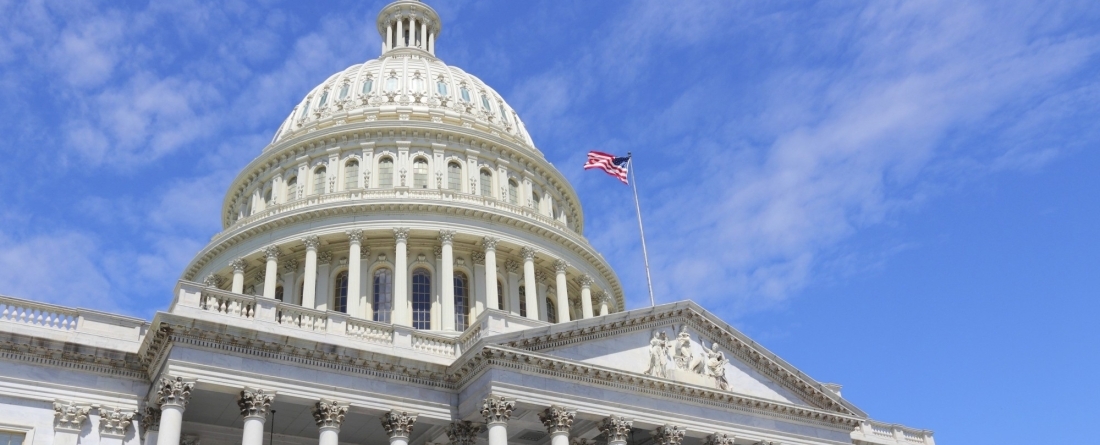
On August 16, 2022—one year from today—the Inflation Reduction Act of 2022 (IRA) was enacted into law to curb inflation and invest in and promote domestic and clean energy production. Since then, the IRA has proven to open opportunities for all states to better air quality and health, improve a growing job market, and build climate resilience in local communities.
To celebrate this historic anniversary, the Center for Global Sustainability (CGS) released a series of policy briefs detailing how the IRA can provide multiple catalysts of implementation opportunities across the economy's largest emitting sectors: transportation, buildings, electricity, agriculture and forestry, and industry. The policy briefs highlight key climate provisions of the IRA that can be leveraged and built on at the state level, as well as opportunities to speed up economy-wide decarbonization in the United States.
Altogether, recent CGS analysis estimates the IRA’s climate-related funding in the largest emitting sectors - electricity, transportation, and buildings - can help deliver over $38 billion in funding to states (excluding cross-cutting programs such as the Greenhouse Gas Reduction Fund) and is projected to achieve up to over 2200 MtCO2e in emissions reductions by 2030 from 2005 levels.
States, cities, and businesses have set a foundation of climate action in the U.S. over the past five years, yet they still face many challenges in implementing pathways to decarbonization, especially in delivering these critical benefits and cost savings to local communities. Due to its comprehensive investments in clean energy and technology, the IRA paves the way for states to support clean energy access to disadvantaged communities and incentives industries to fuel renewable energy production—reducing emissions at a more attainable price.
In the transportation, buildings, electricity, agriculture and forestry, and industry sectors, states can take advantage of IRA provisions that further their climate initiatives, promote environmental sustainability, and expand the economy. By implementing the IRA, the analysis shows an estimated average reduction of emissions by 25% in the transportation sector, 68% in the electricity sector, 16% in the buildings sector, and 8% in the industry sector.
Key Benefits from IRA provisions:
- Transportation: IRA tax credits provide support to low-income individuals and families with access to affordable electric vehicles and charging infrastructure. Additionally, it incentivizes manufacturers' transition to biofuels, sustainable aviation fuel, and other clean fuels.
- Buildings: IRA supports building energy-efficient homes and commercial buildings utilizing tax credits and federal funding to incentivize contractors and support educational awareness campaigns.
- Electricity: Support for domestic production of renewable energy, creating clean jobs, and distributing clean energy services to underserved communities.
- Agriculture and forestry: Support for decarbonizing electricity in agricultural and rural communities, funding for climate-smart agriculture, conservation and reforestation policies, and funding to protect against wildfires and other environmental hazards.
- Industry: The IRA provides funds for promoting clean energy component manufacturing and decarbonizing industrial processes. The GHG Air Pollution Plans and Implementation Grants offer $5 billion in federal funding for states to implement vigorous strategies for emission reductions.
With the Inflation Reduction Act, states can advance an emission-free economy to build a better future for all of its citizens. Download the briefs.
